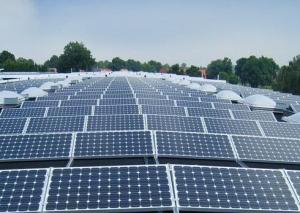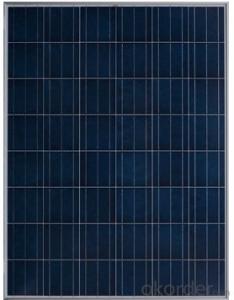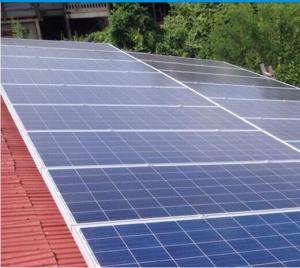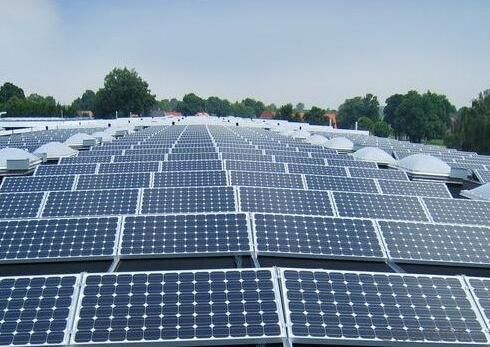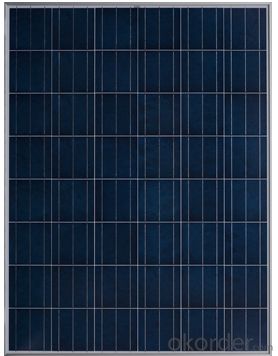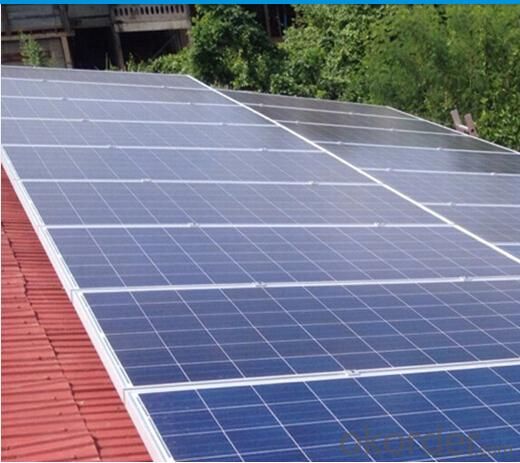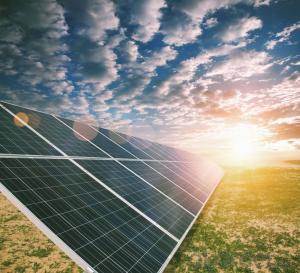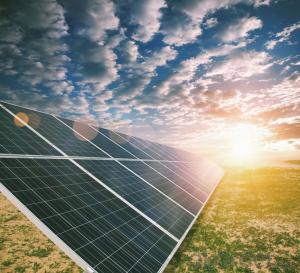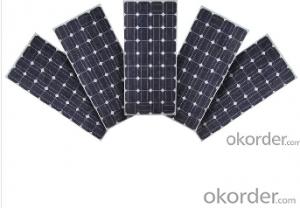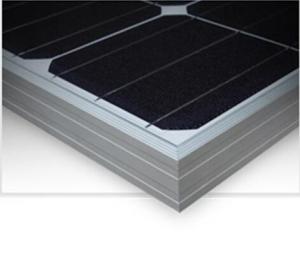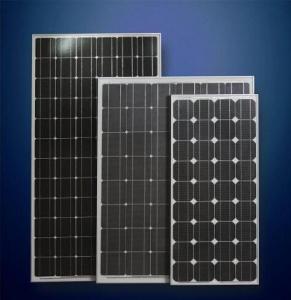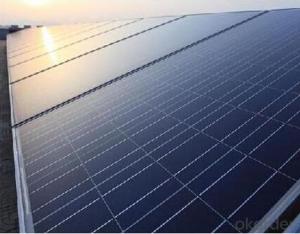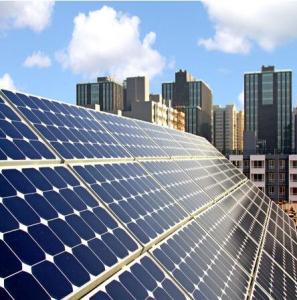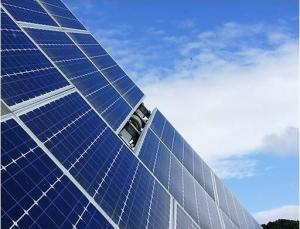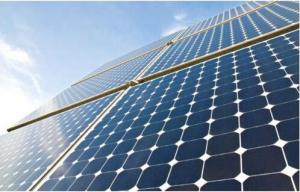Solar Panels for Blink Cameras - Polycrystalline Silicon Solar Modules 72cell-310W
- Loading Port:
- China Main Port
- Payment Terms:
- TT or LC
- Min Order Qty:
- 1000 watt
- Supply Capability:
- 10000000 watt/month
OKorder Service Pledge
OKorder Financial Service
You Might Also Like
1. Structure of Polycrystalline Silicon Solar Modules 72Cell-310W Description
Solar panels can be used as a component of a larger photovoltaic system to generate and supply electricity in commercial and residential applications.
-Tests by independent laboratories prove that modules:
Fully conform with certification and regulatory standards.
Withstand wind loads of up to 2.4kPa and snow loads of up to 5.4kPa, confirming mechanical stability.
Successfully endure ammonia and salt-mist exposure at the highest severity level, ensuring their performance in adverse conditions.
-- Top ranking in the “TÜV Rheinland Energy Yield Test” and the “PHOTON Test” demonstrates high performance and annual energy production.
2. Main Features of the Polycrystalline Silicon Solar Modules 72Cell-310W
* WARRANTIES
- 10-year limited product warranty1.
- Limited power warranty1: 1 year at 98% of the minimal rated power
output, 10 years at 92% of the minimal rated power output, 25 years
at 82% of the minimal rated power output.
1In compliance with our Warranty Terms and Conditions.
*QUALIFICATIONS & CERTIFICATES
IEC 61215, IEC 61730, MCS, CE, ISO 9001:2008, ISO 14001:2004, BS OHSAS 18001:2007, PV Cycle, SA 8000
3. Polycrystalline Silicon Solar Modules 72Cell-310W Images
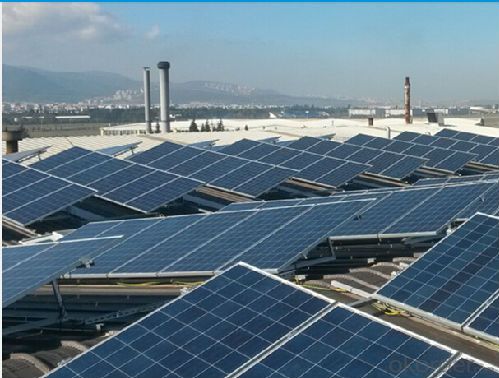
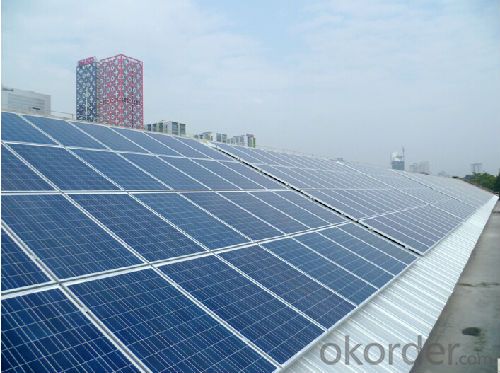
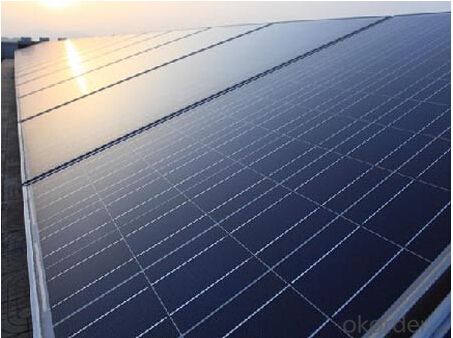
4. Polycrystalline Silicon Solar Modules 72Cell-310W Specification
| Electrical parameters at Standard Test Conditions (STC) | |||
| Power output | P max | W | 310 |
| Power output tolerances | ΔP max | W | 0 / + 5 |
| Module effi ciency | η m | % | 16 |
| Voltage at Pmax | V mpp | V | 36.3 |
| Current at Pmax | I mpp | A | 8.53 |
| Open-circuit voltage | V oc | V | 45.6 |
| Short-circuit current | I sc | A | 8.99 |
5. FAQ of Polycrystalline Silicon Solar Modules 72Cell-310W
Q1:Can we visit your factory?
A1:Sure,welcome at any time,seeing is believing.
Q2:Which payment terms can you accept?
A2:T/T,L/C,Moneygram,Paypal are available for us.
- Q: If you need 9400 watts, 75 amps@ 240V, how many solar PV panels do you need?
- 75 amps @ 240VDC is 8,000 watts.
- Q: How do solar panels affect the property's operating costs?
- Solar panels can significantly reduce a property's operating costs by generating clean and renewable electricity. By harnessing sunlight, solar panels can power various appliances and systems, reducing or even eliminating the need to rely on expensive grid electricity. This can lead to substantial savings on utility bills, making solar panels a financially sound investment for property owners.
- Q: Can solar panels be installed on a residential community or housing complex?
- Yes, solar panels can be installed on a residential community or housing complex. In fact, many residential communities and housing complexes worldwide are adopting solar power as a sustainable energy solution. Installing solar panels in these areas can help reduce electricity costs, decrease reliance on the grid, and contribute to a greener environment.
- Q: I would like to know if I had a mobile kitchen could I power it from solar panels mounted atop the vehicle (truck).(to power electric kitchen equipment, i.e. stove, deep fryer.), instead of propane…could I possibly connect the solar panels to a battery to save my generated electricity? If solar panels would not be enough power could a small windmill suffice…?
- Nice enough idea you have there, but practical reality is waiting to bring you back to your senses. The appliances you want to operate take a lot of power. You would need an awful lot of solar cells or a very cumbersome windmill to provide sufficient energy for them. You will find that for a mobile kitchen, an ordinary generator running on gasoline or diesel will be much less expensive to buy and maintain, less trouble to haul around, and much easier to replace if necessary. Considering that propane will probably prove less expensive yet, go with that for as many appliances as possible.
- Q: I have tried researching on the internet and just cant find any real answer. I know that the amount of electricity produced when taking in the suns rays depends on the placement of the solar panels but I am just looking for ball park figures. Thanks
- call your power company and ask them how much they pay for each kWh you feed back into the grid (the price may vary for different times of the day). then multiply that by however much electricity you are producing.
- Q: How much space is needed to install solar panels?
- The amount of space needed to install solar panels varies depending on the size and quantity of panels being installed. On average, a single solar panel requires about 15-20 square feet of space. However, it's important to consider factors like panel orientation, shading, and energy requirements to determine the exact space needed for an installation.
- Q: All I want to power is a small ice-maker (250 watts) for 25 minutes per day. That's all!!!Can I do that by using a 00 watt panel with 2-3 deep cycle batteries and getting 0 hours of quality light per day.(BTW) what size converter would you recommend? I want more than I need to grow the system
- If okorder and they ship across the US and Canada.
- Q: Can solar panels power my entire home?
- Yes, solar panels can potentially power your entire home depending on various factors such as the size of your system, energy consumption, and geographical location. It is important to assess your energy needs, install an appropriately sized solar system, and consider factors like sunlight availability to ensure sufficient power generation.
- Q: I have a 2V .5W solar panel and I want to get a battery that can be charged by the solar panel that can then be used to power a 2V .5W fan. Ideally I want all the components to be connected and able to run without interaction. I have very little knowledge in regards to this field which is why I have come to yahoo answers. Any help would be greatly appreciated.
- .5 Watt Solar Panel
- Q: Can solar panels be installed on a university or college campus?
- Yes, solar panels can be installed on a university or college campus. In fact, many educational institutions have already embraced solar energy as a way to reduce their carbon footprint and promote sustainability. Installing solar panels on campus buildings can provide clean, renewable energy, reduce electricity costs, and serve as an educational tool for students to learn about renewable energy technologies.
Send your message to us
Solar Panels for Blink Cameras - Polycrystalline Silicon Solar Modules 72cell-310W
- Loading Port:
- China Main Port
- Payment Terms:
- TT or LC
- Min Order Qty:
- 1000 watt
- Supply Capability:
- 10000000 watt/month
OKorder Service Pledge
OKorder Financial Service
Similar products
Hot products
Hot Searches
